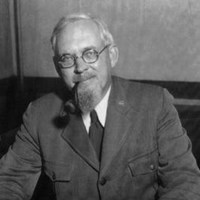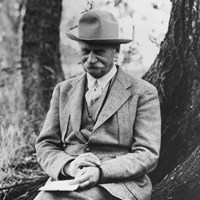Chicago is birthplace, home, and final resting place for many influential Americans. Learn about some of these people and how they shaped the country.
The People of Chicago

Earl B. Dickerson was a boundary-breaking lawyer, businessman, and civil rights leader. During the 1940s alone, Dickerson completed a term as a Chicago alderman; chaired President Franklin D. Roosevelt’s Fair Employment Practices Committee; served in national leadership of the National Association for the Advancement of Colored People (NAACP); and argued a landmark case against racial discrimination in housing before the Supreme Court.
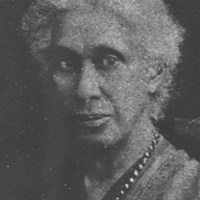
Elizabeth Lindsay Davis was a writer, teacher, and leader in the African American women’s club and settlement house movements. Through these channels, she advocated for the civil rights, education, self-determination, and equitable employment of African American women and girls in Chicago, throughout Illinois, and across the United States.
- Pullman National Historical Park
George M. Pullman
- Locations: Pullman National Historical Park

George Mortimer Pullman was an American engineer and industrialist. He designed and manufactured the Pullman sleeping car and founded a company town, Pullman, for the workers who manufactured it. His Pullman Company also hired African-American men to staff the Pullman cars, who became known and widely respected as Pullman porters, providing elite service.
- Locations: Emmett Till and Mamie Till-Mobley National Monument, Little Rock Central High School National Historic Site
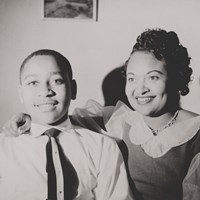
Emmett Louis Till (1941-1955) was a 14-year-old from Chicago who was kidnapped and lynched while on summer vacation visiting relatives near Money, Mississippi. His brutal murder sparked outrage and marked a pivotal moment in the Modern Civil Rights Movement. His violent death spurred the activism of his mother Mrs. Mamie Till-Mobley, but also other prominent civil rights figures, including Rosa Parks and John Lewis.
- Frederick Law Olmsted National Historic Site
George Gibbs Jr.
- Indiana Dunes National Park
Jens Jensen
- Locations: Indiana Dunes National Park
- Indiana Dunes National Park
Victor Ernest Shelford
- Locations: Indiana Dunes National Park
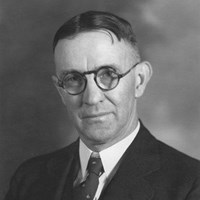
In the early twentieth century, preeminent animal ecologist Victor E. Shelford investigated the differences in the life habits of various tiger beetle species along Lake Michigan's southern shore. Shelford's findings, along with his further research and publications, set the foundation for animal ecological studies.

Rosika Schwimmer was a Hungarian peace activist, suffragist, and feminist. When she applied for United States citizenship, officials rejected her petition. The application asked if new citizens would be willing to take up arms to defend the country. Due to her pacifist beliefs, Schwimmer refused. Officials viewed her refusal as a sign of disloyalty and lack of commitment to the Constitution. In 1929, Schwimmer’s challenge to their decision went to the Supreme Court.
Last updated: August 11, 2020


